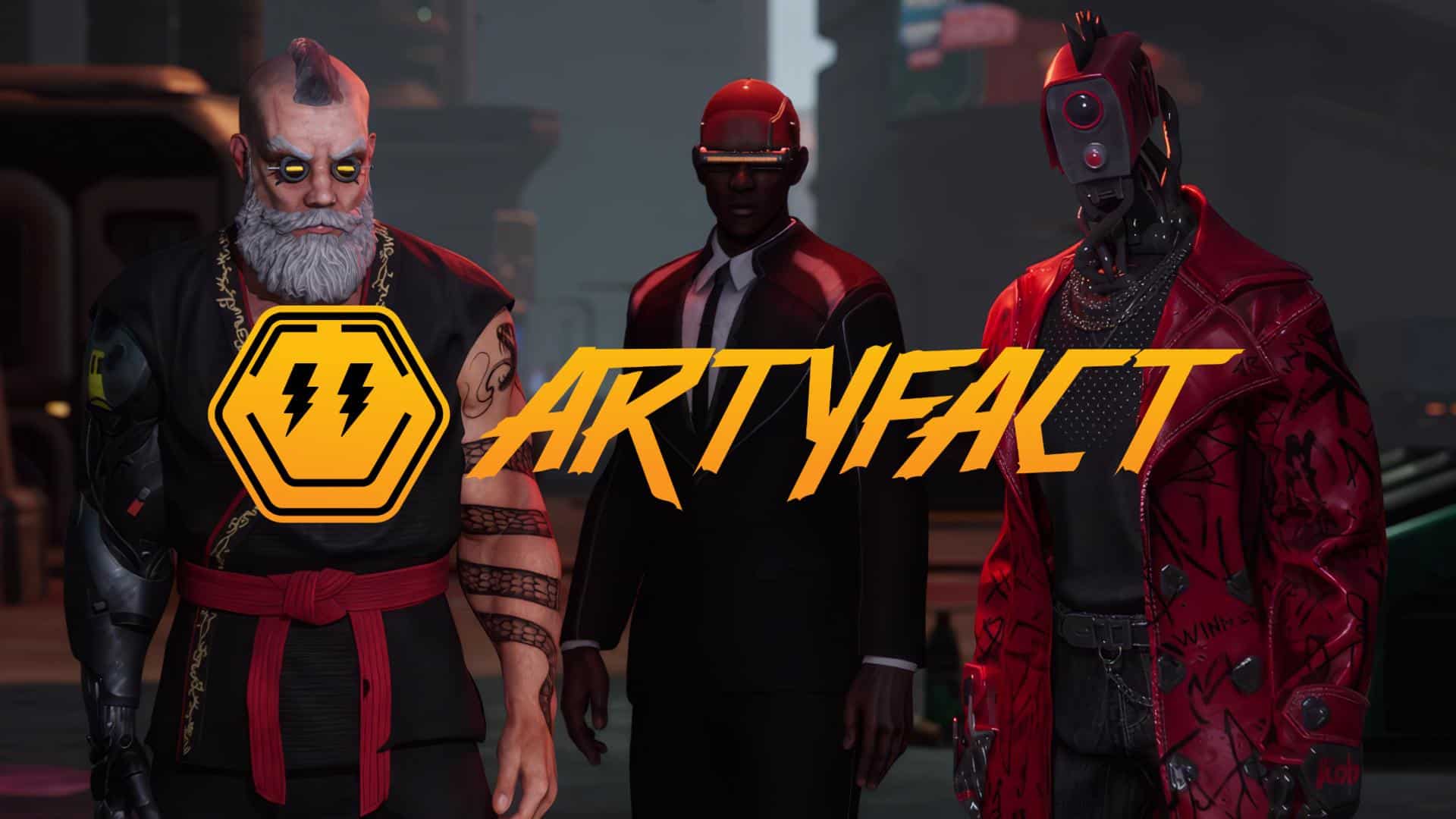UK businesses are cutting jobs at the fastest pace since the financial crisis, excluding the pandemic, as rising costs reignited stagflation fears in the British economy at the start of the year, according to a closely watched survey.
The S&P Global flash purchasing managers’ survey on Friday indicated that the rate of job losses in January and December was the highest since the global financial crisis in 2009, outside of the onset of Covid-19 in 2020.
The survey also indicated that cost burdens on business rose at the fastest pace in more than a year and a half. Many businesses passed on higher costs to consumers resulting in the fastest increase in average price charged since July 2023.
Chris Williamson, economist at S&P Global Market Intelligence, said the survey’s results “add to the gloom about the UK economy, with companies cutting employment amid falling sales and concerns about business prospects”.
He warned that inflationary pressures had “reignited, pointing to a stagflationary environment which poses a growing policy quandary for the Bank of England”.
Lower employment was attributed to hiring freezes and the non-replacement of voluntary leavers in the wake of rising payroll costs, according to the survey.
Many businesses suggested the Labour government’s decision to raise employers’ national insurance, which takes effect in April, had resulted in cutbacks to recruitment plans, while others cited the impact of a post-Budget slump in business confidence.

The headline S&P Global flash UK PMI composite output index, which tracks overall activity in the private sector, rose to a three-month high of 50.9 points in January from 50.4 in December.
Economists polled by Reuters had expected the index to fall slightly to 50 points. Any reading above the 50 mark suggests that most businesses are reporting growth in activity.
Elias Hilmer, economist at Capital Economics, said that Friday’s PMIs figures “won’t alleviate the Bank of England’s concerns about the weakness of activity, but the further strengthening in price pressures suggest it will cut rates only gradually thereafter.”
Aligned with markets, he expects the Bank of England to cut rates by a quarter point to 4.5 per cent in February.
The UK economy registered no growth in the three months to September, marking a sharp slowdown from the 0.4 per cent in the previous quarter. The BoE expects no growth also in the final quarter of 2024.




































You must be logged in to post a comment Login